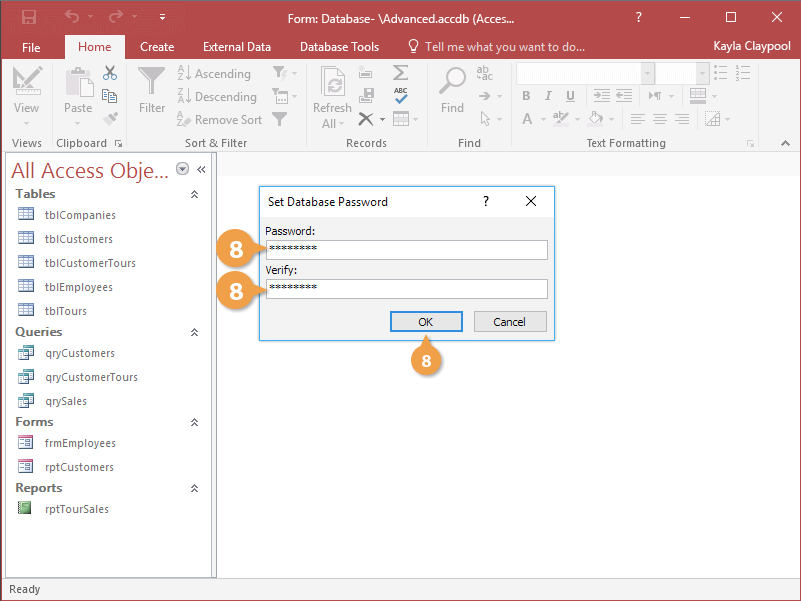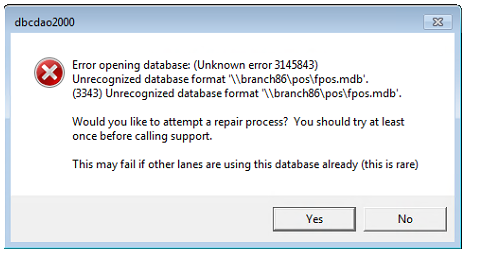

- #IGUARD SERVER WILL NOT OPEN DATABASE AUTOMATICALLY UPDATE#
- #IGUARD SERVER WILL NOT OPEN DATABASE AUTOMATICALLY FULL#
This value is cumulative since the start of the seeding operation. Total_disk_io_wait_time_ms represents the time spent by the backup/restore thread while waiting on the disk. The two columns are also present in the hadr_physical_seeding_progress extended event. The two columns total_disk_io_wait_time_ms and the total_network_wait_time_ms can be used to determine performance bottleneck in the Automatic seeding process. Set and LISTENER_PORT to match your environment and run the script on both servers: The following script creates an endpoint that uses TCP port 5022 for the listener.

#IGUARD SERVER WILL NOT OPEN DATABASE AUTOMATICALLY UPDATE#
Before running the scripts, update the values for your environment.Ĭreate the endpoints. The following example creates an availability group on a two-node Windows Server failover cluster. To create an availability group with automatic seeding, set SEEDING_MODE=AUTOMATIC.

Create availability group with automatic seeding These backup files are not used for automatic seeding, but they are required before including the database in an availability group.
#IGUARD SERVER WILL NOT OPEN DATABASE AUTOMATICALLY FULL#
The database needs to have a current full backup and transaction log backup. Open inbound firewall rules to the mirroring endpoint port on each server.ĭatabases in an availability group must be in full recovery model. For details, see Disk layout.Īvailability group seeding communicates over the database mirroring endpoint. Cross-platform availability groups have different paths for the replicas. In SQL Server 2017, you can use different paths, however Microsoft recommends using the same paths when all replicas are hosted on the same platform (for example either Windows or Linux). In SQL Server 2016, automatic seeding requires that the data and log file path is the same on every SQL Server instance participating in the availability group. To enable automatic seeding, create the availability group with T-SQL or use the latest version of SQL Server Management Studio.įor background information, see Automatic seeding for secondary replicas. You no longer have to manually back up and restore secondary replicas. When you create an availability group with automatic seeding, SQL Server automatically creates the secondary replicas for every database in the group. SQL Server 2016 introduced automatic seeding of availability groups. Use automatic seeding to initialize an Always On availability group


 0 kommentar(er)
0 kommentar(er)
